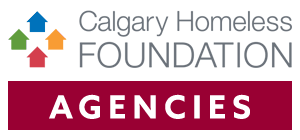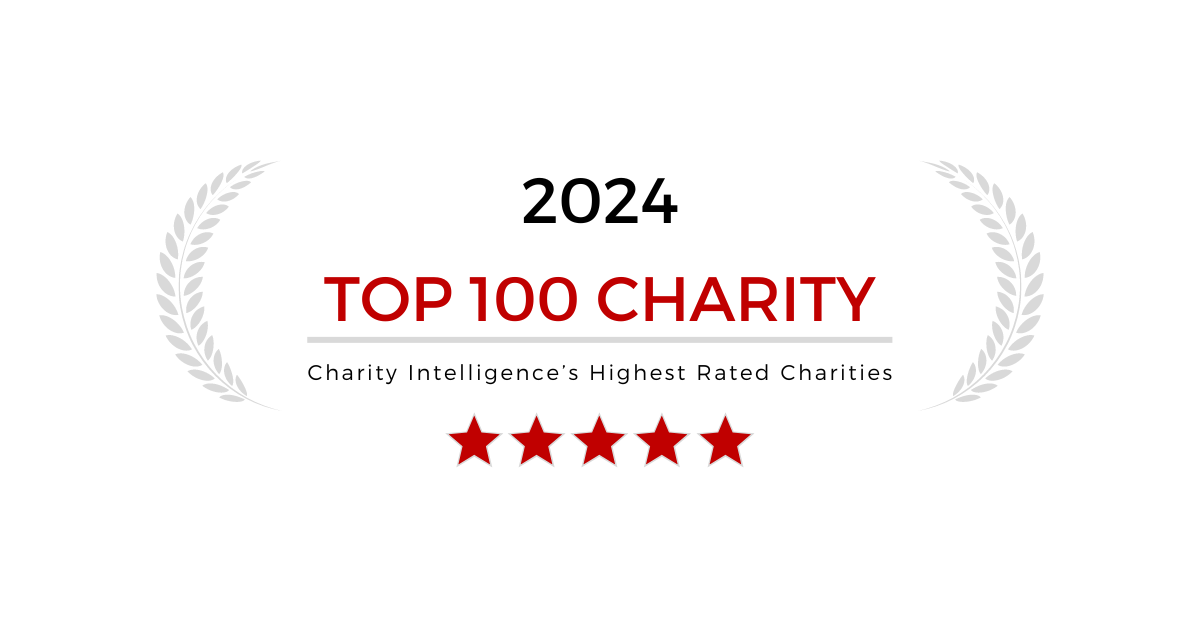How Does Coordinated Access and Assessment Work?
Calgary’s CAA Program utilizes the Needs and Services Questionnaire (NSQ) and the Housing Plan as tools when an individual asks for assistance. For more information on the NSQ, please see the HMIS section. These can be found under Forms & Assessments and are listed as three unique VI SPDATs by sector for CAA.
The foundation for a successful Coordinated Access and Assessment program is a consistent questionnaire that can be applied in the system of care in a standardized and methodical way. The questionnaire must identify the needs of the client in order to assign the most appropriate intervention.
The system of care relies heavily on the reliability and accuracy of questionnaire tools. The questionnaire must be able to determine the needs of the client in a defensible, consistent and valid way. Moreover, the tool must be easily implemented in the system of care with a broad scope and defining language.
Prevention and diversion strategies are designed to “close the front door to homelessness” by helping people identify immediate alternate housing arrangements and, if necessary, connecting them with services and financial assistance to help in their return to housing. Diversion programs can reduce the number of individuals or families becoming homeless, the demand for shelter beds, and the size of program wait lists. This can be captured in a Housing Plan so that all door agencies can see an individual’s plan and any referrals that may already be in progress.
The Needs and Services Questionnaire is an evidence-informed tool designed to determine the needs and key issues related to a client’s housing needs. The questionnaire produces a score (based on 4 dimensions related to client’s History of Homelessness, Risks, Socialization and Daily Functioning and Wellness). It is used in conjunction with community knowledge shared among system partners and Housing First programs funded by Calgary Homeless Foundation to prioritize client need for program referral. The process is to ensure fairness in placements with the focus on serving those with the longest history of homelessness (chronicity), as well as other factors like mental health, physical health and/or addiction issues to accurately match the client to resources; the success of this model is dependent on a Collaborative Service Delivery Group which has been created through CAA implementation.
CAA Placement Committees meet weekly to review the System of Care for available program spaces and match clients to appropriate program placements. This is not a typical chronologically based “wait list” but a triage list based on chronicity and vulnerability. The goal of these committees is to ensure programs within the Homeless-Serving System of Care (HSSC) maintain appropriate occupancy levels, to facilitate timely and efficient service delivery, and to document learnings. The committees are designed to seek consensus on all placement decisions. Because each population corresponds to a segment of the System of Care (i.e. family programming, place-based supportive housing etc.), the Placement Committees focus on their population and program area of expertise.
The placement process in CAA requires the staff of the program in which the client is placed to contact the client within two days to notify them of their placement and coordinate the intake process. Notification of placement into a program does not necessarily equate to immediate housing. For some programs, intake into a program may involve the client beginning the process to find housing utilizing case management and housing location services in a program.
Access to CAA services is voluntary and the client can terminate involvement at any point in the continuum.
Who provides CAA and how do clients access it?
The CAA is a partnership between the Calgary Homeless Foundation (CHF) and the Distress Centre Calgary with the participation of CHF funded agencies and System Partners creating a Collaborative Service Delivery Group.
The CAA team of Housing Strategists primarily provides services from the fixed location of the SORCe to those presenting without referral or via referrals from participating agencies, including the Distress Centre 211 line. The CAA team has capacity to provide mobile outreach services for those who have barriers to accessing services at the SORCe, or in increasing accessibility for harder to engage individuals within the homeless sector. If you are a System Partner seeking to refer an individual to CAA services please see the CAA Referral Form which can be found under the Resources tab. For more information please also see the CAA Info Guide – Agency and System Partners under the Resources tab.
CAA can also be accessed through door agencies, these are agencies within the System of Care who have one or more Housing Strategists trained in providing both prevention and diversion strategies and the NSQ. These staff are part of the broader CAA team within the context of their agency and function as a ‘door’ for their clients into the HSSC throughout Calgary.

